When Kim Jong-Un threatened to unleash nuclear missiles at the United States, the West laughed. But when Vladimir Putin did the same, the West took the threat seriously. The reason North Korea will never nuke South Korea or Japan, let alone the U.S. – unless America makes the first move to destroy North Korea – is because China will not allow it.
In August 2017, at the peak of the war of words between Kim Jong-Un and Donald Trump, Beijing warned that it won’t come to North Korea’s aid if it launches missiles that threaten American soil, leading to retaliation from the U.S. At the same time, China also warned the U.S. that it would intervene if Washington strikes on North Korea first. The stern warnings solved the problem.
The rhetoric between Kim and Trump, which was amusing and entertaining initially, had raised tensions and instability in the Korean Peninsula. In fact, the brinkmanship between North Korea and the U.S. became so bad it spooked the global financial markets. Eventually, Beijing was forced to intervene to end the provocation and threats between two very egoistic leaders.
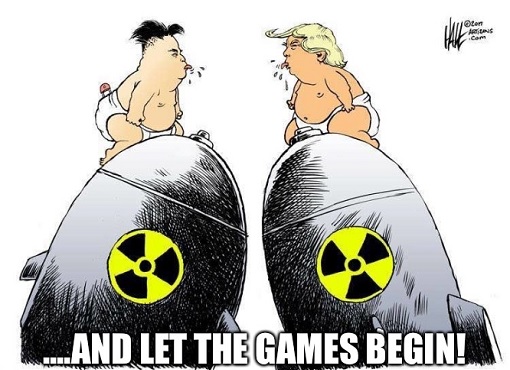
Russia, however, is another type of animal altogether. Not only China has little control over the nation with the biggest stockpile of nuclear warheads in the world, the Chinese depend on Russian military technology. Between 2017 and 2021, about 81% of China’s defence imports came from Russia, according to data compiled by the Stockholm International Peace Research Institute.
China imported weapons such as tanks, fighter jets and missiles before reverse-engineering and mass produce them. From Sukhoi Su-35 fourth-generation multirole air superiority fighter to S-400 advanced air defence system, the Chinese have acquired various Russian weapons to boost its attack capability, as well as to deter any remote plans by the West to invade China again.
In Oct 2019, Putin announced that Moscow and Beijing would co-develop an early warning system – a significant move not only because Russia shared missile attack early warning capabilities with China, but also because it opens the doors for the integration of China and Russia’s early warning systems. This could be the first step toward a formation of a common defence policy.
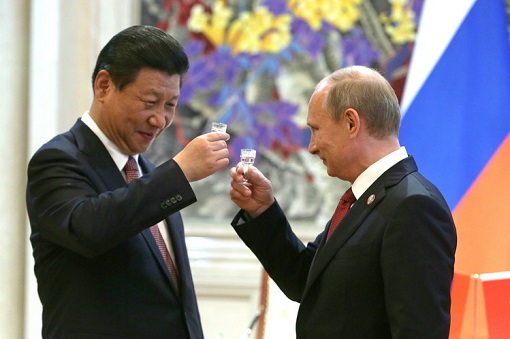
Therefore, it was a strategic blunder when the U.S. arrogantly picked a fight with not only China, but also Russia at the same time. It’s quite funny that the U.S. forgot the British Empire’s game of “divide and rule”, which allowed them to rule India for 200 years (1757-1947). It’s even funnier when Britain itself committed a tactical error, giving an excuse to Russia to station tactical nuclear weapons in Belarus.
Yes, Britain’s announcement that it would supply Ukraine with armour-piercing rounds containing depleted uranium has backfired. Putin gladly said not only Russia too had vast quantities of its own “Svinets-2” depleted uranium tank shells, but has announced plans to station tactical nuclear weapons in neighbouring Belarus – essentially parking nuclear at the doorstep of NATO members.
Exactly why the United Kingdom made the foolish statement during Chinese President Xi Jinping’s visit to Moscow? It was a silly show of strength trying to intimidate Russia and China. Hilariously, when Russia said it will respond accordingly as the West is already beginning to use weapons with a nuclear component, Britain quickly plays down the severity of depleted uranium.
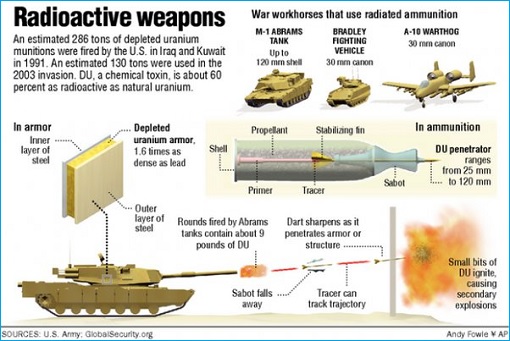
Depleted uranium is basically left over after natural uranium has been enriched, either for weapons-making or for reactor fuel. When a weapon made with a depleted uranium tip or core strikes a solid object, like the side of a tank, it goes straight through it and then erupts in a burning cloud of vapour. The vapour settles as dust, which is poisonous and radioactive.
Such weapons have been used by the U.S. and U.K. in the Iraq and Gulf wars in 1991 and 2003. It was also used during NATO’s 1999 bombing of Yugoslavia. According to studies, cancer rates and birth defect rates skyrocketed after America used depleted uranium shells in Iraq. The Royal Society Working Group in their 2001 and 2002 reviews said that the main risk of inhalation of depleted uranium dust was an increased risk of lung cancer.
Some U.S. veterans, who fought the Iraq War, blame their medical conditions on the use of depleted uranium. In a Tuscon.com report, one of the veterans said that he suffered from bleeding gums, and blood in his urine. He also suffers from rashes that leave him itching uncontrollably and joints that ache for days. He blames his medical afflictions on the use of depleted uranium.
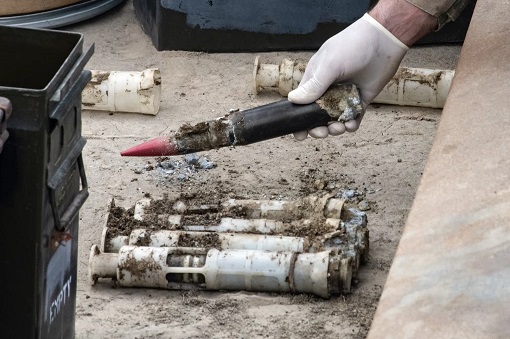
The U.N. Environment Program has described it as a “chemically and radiologically toxic heavy metal”. In a 2022 report, the United Nations said – “Depleted uranium and toxic substances in common explosives can cause skin irritation, kidney failure and increase the risks of cancer. The chemical toxicity of depleted uranium is considered a more significant issue than the possible impacts of its radioactivity.”
Britain has accused Russia of spreading disinformation, and pretended as if depleted uranium is perfectly safe. Of course, it would be a different story if the British Army sends their sons and daughters to Ukraine to fight the Russians. They would not risk the life of British troops by using depleted uranium knowing very well the Russians would also use the same weaponry.
Unlike North Korea that enjoys special protection from China, the Ukraine War is a proxy war between the U.S. (and its allies) and Russia. That’s an alliance of 54 countries against 1 country – NATO against Russia. While the U.S. and U.K. can take comfort that it’s a war on foreign soil, both Putin and Russia consider it as an “existential threat” which justifies the use of nuclear weapons.
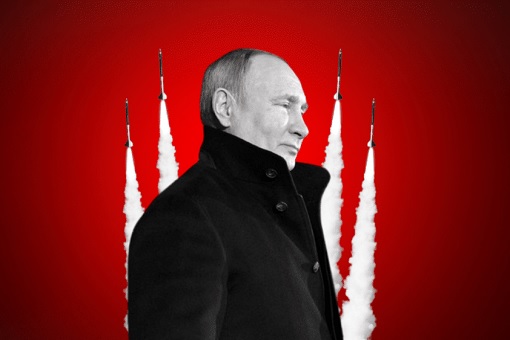
Putin said work would be completed on building storage units for tactical nuclear weapons in Belarus on July 1. He also said the deployment was in response to a longstanding request from Belarus president Alexander Lukashenko, who has allowed Russia to use the country as a launch pad for attacks on Ukraine. Additionally, Belarus has also provided logistical support, supply lines, medical care for Russian soldier.
But it was not the first screw-up of NATO. On June 18 last year, Lithuania hastily announced a ban on the transit of goods through its territory to Kaliningrad, a small piece of land – a province of Russia – sandwiched between Lithuania and Poland. About a month later (July 23), the ban was cancelled – quietly – after Europe realized the blunder could invite Moscow to retaliate militarily.
Lithuania had no idea what it was doing. Kaliningrad is heavily militarized. After all, it has been the base for Russia’s Baltic Fleet since May 1703 – the oldest Russian Navy formation established by Tsar Peter the Great. Kaliningrad is a “natural buffer zone” that provides the first line of defence for Russia from the West, the same way North Korea is buffer zone to China which Beijing will protect at all cost.
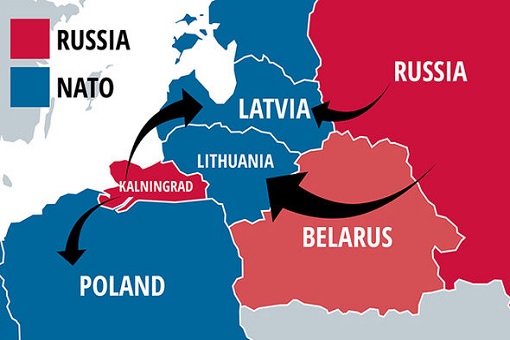
The military city is equipped with radar systems which provide aerial surveillance of central Europe. In 2012, it was already equipped with the S-400, an anti-aircraft missile defence system that has a long-range coverage – up to 400 kilometres and a height of up to 30 kilometres. The Russian S-400 and S-500 defence systems have always been a nightmare for the U.S. and NATO.
Crucially, the Lithuania’s ban violates an agreement signed in April 2003 (ahead of Poland and Lithuania joining the E.U. in 2004) between the European Union and Russia, which allowed people and goods from Kaliningrad to obtain a transit document for train travel across Lithuania to Russia. The tactical mistake provided Putin an excuse to launch another special military operation to “liberate” Kaliningrad.
Putin could invade and capture “Suwalki Corridor” or Suwalki Gap – the shortest land route measuring 64 kilometres (40 miles) which connects between Kaliningrad Oblast and Belarus, Russia’s ally. It would see Lithuania and Poland cut off from each other. Worse, it could provide justification for Moscow to also cut off the Baltic nations – Estonia, Latvia and Lithuania – from the rest of NATO territory.
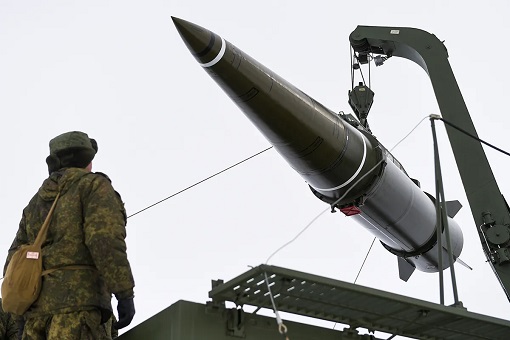
Thanks to Lithuania, Putin has sent “Iskander-M” – nuclear capable short-range missile systems – to Belarus. The system, with a range of up to 500 kilometres, can fire ballistic and cruise missiles, both conventional and nuclear types. Belarus has also deployed Russian S-400 anti-aircraft anti-missile systems due to the “aggressive”, “confrontational” and “repulsive” policies of neighbouring Lithuania and Poland.
After Iskander-M and S-400, now Belarus will be armed with tactical nuclear weapons thanks to Britain. Can you see why analysts have been mocking the West for playing checkers while Russia and China are playing chess? The best part is there’s nothing Biden administration can do as Putin moves his chess pieces brilliantly – expanding weapons in Belarus to threaten NATO.
As the U.S. continuously enlarges NATO by expanding to the east, despite promise not to do so, Russia felt threatened, leading to Moscow’s annexation of Ukraine’s Crimea in 2014 and the deployment of nuclear-capable Iskander missiles in Kaliningrad in 2016 (upgraded in 2018). The U.S. protested, but Moscow said it can do whatever it wants since NATO also deployed missiles.
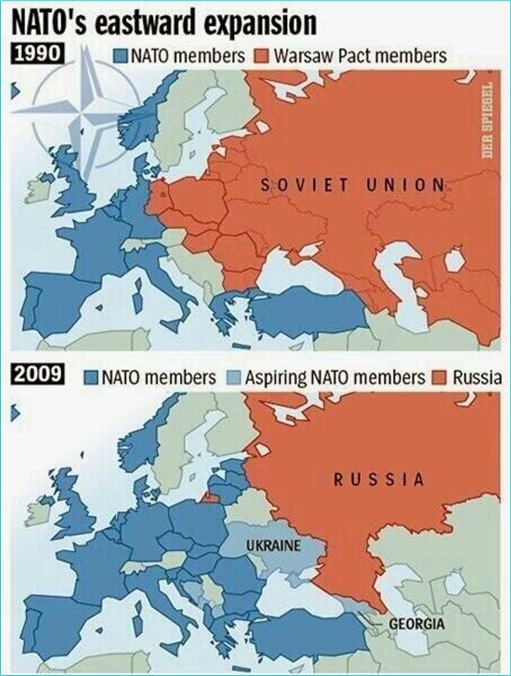
Washington argues that its missile deployment in the Eastern Europe is shield designed to counter possible missile attacks by Iran, but Moscow says it is directed against Russia. It was the same tactic used by the U.S. when it deployed anti-missile system – Terminal High Altitude Area Defense (THAAD) – in South Korea against China under the pretext of countering North Korea.
Russia had already equipped 10 aircrafts capable of carrying tactical nuclear weapons in Belarus. While Putin said Russia would not transfer control of the tactical nuclear weapons or violate its nuclear non-proliferation obligations, he said the move was nothing unusual as the U.S. has been doing the same thing for decades – placing tactical nuclear weapons in NATO countries in Europe.
The U.S. has deployed about 100 nuclear weapons in Europe across six bases in five countries (Belgium, Germany, Italy, the Netherlands and Turkey.). Belarus shares a long border with Ukraine, and with NATO members Poland, Lithuania and Latvia. This means for the first time since the mid-1990s, Moscow is moving tactical nuclear weapons outside the country – threatening three NATO countries directly.
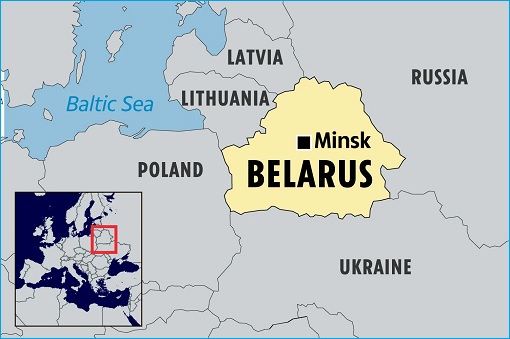
Washington could only say it would “monitor the implications” of Putin’s latest decision. Despite Russia’s intimidation, Washington says there were no signs Moscow planned to use its nuclear weapons. It would be hypocritical for the U.S. to condemn Russia’s deployment of tactical nuclear weapons in Belarus when America itself has done exactly the same in five nations.
Other Articles That May Interest You …
- Change Is Coming That Hasn’t Happened In 100 Years – Why The Western Powers Are Spooked By This Message
- Proof British Navy Blew Up Nord Stream – PM Truss Sent Text Message “It’s Done” To Secretary Of State Blinken After Attacks
- Europe’s Fake Solidarity Cracking – Panic & Social Unrest Began As Putin Says “No Gas” Until Sanctions Lifted
- De-Dollarization Begins – China Stockpiling Gold & Offers Discount To India Businesses If Settles In Yuan
- Moscow & Beijing Laughing All The Way To The Bank – How China Makes Easy Money Reselling Russian Gas To Europe
- The Worst Is Not Over Yet – Why Inflation & Recession Are Still Alive And The Global Economy Is Still In Bad Shape
- A Shift In Propaganda To Damage Control In Washington – Why President Biden & Western Media Making U-Turn Now
- Economic & Financial Meltdown Is Here – All Signs Lead To Recession, Stagflation, Jobless And A Repeat Of Dot-Com Bust
- U.S. Sanctions Fail – How Russian Currency Emerges Stronger Than Pre-War With A New Gold Standard
- From Wheat To Oil & Gas – How Russia Invasion Of Ukraine Affects Europe’s Food Supply, And Even Your Loaf Of Bread

|
|
March 27th, 2023 by financetwitter
|


|

|

|

|

|

|




























Comments
Add your comment now.
Leave a Reply